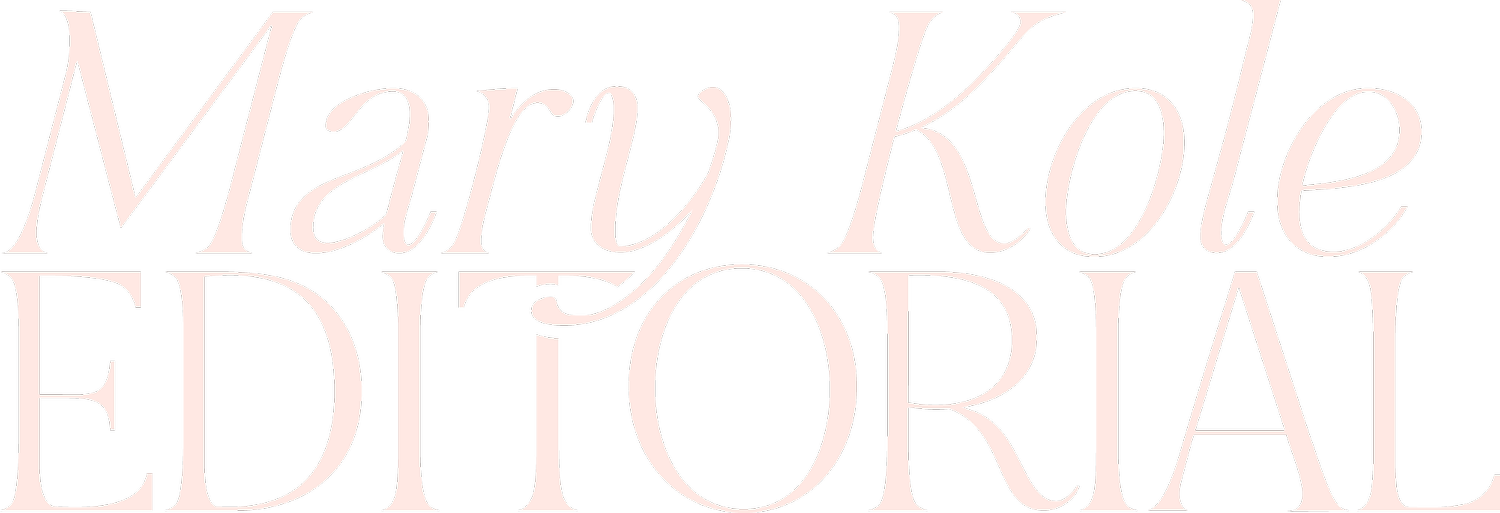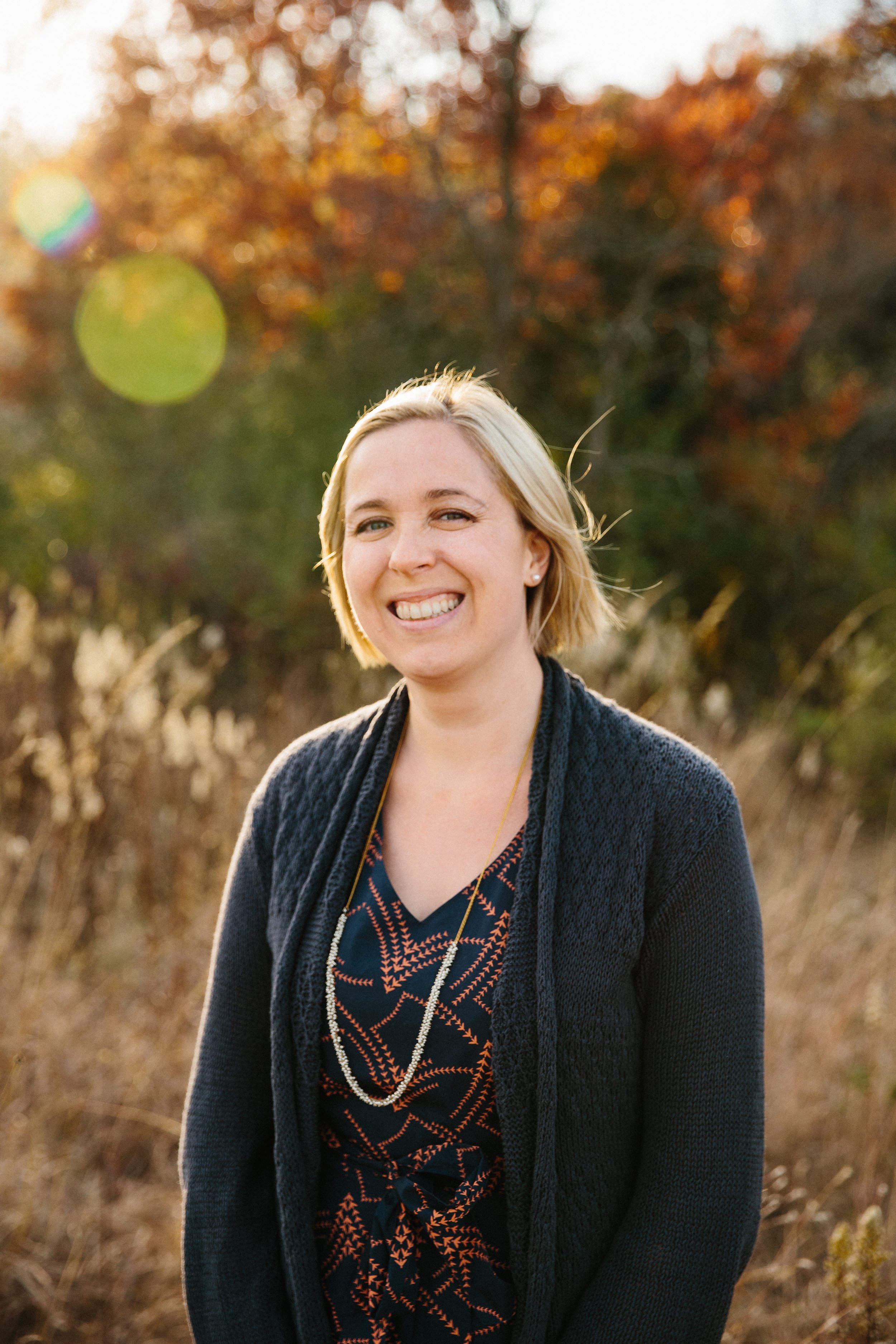What Is the Objective Correlative in Writing?
By Mary Kole
Mary Kole is a former literary agent, freelance editor, writing teacher, author of Writing Irresistible Kidlit, and IP developer for major publishers, with over a decade in the publishing industry.
Readers and aspiring writers are often captivated by the world of literature and the various writing techniques implemented by skilled wordsmiths. One such technique is the objective correlative. This technique creates a cause and effect correlation between an object or situation and an emotion that’s created within the reader. In this detailed article, I’ll discuss what the objective correlative is, how to apply it, when to use it, and its significance in different literary genres.
What Is the Objective Correlative?
The objective correlative is a subtle way to convey emotions to readers by drawing a correlation between a particular object and an emotion. Sometimes this can be a setting or imagery, or an element of scene. This technique is used to depict the emotional state of a character without explicitly stating it outright or using interiority. For instance, the sight of a red rose wilting on a windowsill can elicit emotions of sadness, hopelessness, or despair, signifying something much deeper than the surface level object being described Therefore, authors use this technique to engage their readers on an emotional level, transporting them to the innermost thoughts and feelings of their characters.
When writing, the objective correlative can be used to build suspense or to foreshadow events to come. It can also be used to create deeper connections between characters and readers, by conveying emotions not immediately expressed in action or dialogue. Exploring the use of this technique is particularly relevant in genres like literary fiction, women’s fiction, upmarket fiction, romance, and historical fiction, where emotions are central to both the character arc and plot arc.
Considerations of Using the Objective Correlative
It’s crucial to exercise caution when using the objective correlative. The danger of overusing it lies in its potential to come off as contrived or more melodrama than authentic emotional expression. We’re probably all familiar with the example image, above, of the wilting flower, or a storm used to portend bad things to come. A writer must use this technique as sparingly and judiciously as possible to avoid diluting its potency. Add it to your list of writing tools and see when it might be appropriate.
Adding the objective correlative technique to your writing style requires deep knowledge and skill. It's essential to use it appropriately and accurately to gain the best results. The technique can be learned by reading the work of notable writers who've executed it well, such as T.S. Eliot, who is often credited with its invention, Ernest Hemingway, and Virginia Woolf.
The objective correlative is a potent literary tool that every aspiring writer should strive to master. As with most writing techniques in literature, its power lies in its subtle but strategic application. Understanding when and how to use it will make your writing deeper, engaging, and emotionally evocative. Use it with caution and ensure that you maintain its subtlety as you weave it into your writing style. I hope this article has been helpful to aspiring writers looking to elevate their use of the objective correlative.

Click here to purchase Writing Interiority: Crafting Irresistible Characters, my book on interiority and character creation. Explore your protagonist’s thoughts, feelings, reactions and interpretations, expectations, and inner struggles to create a rich, immersive experience. This guide will empower you to create characters who live and breathe on the page, fostering an unbreakable bond with your audience.



